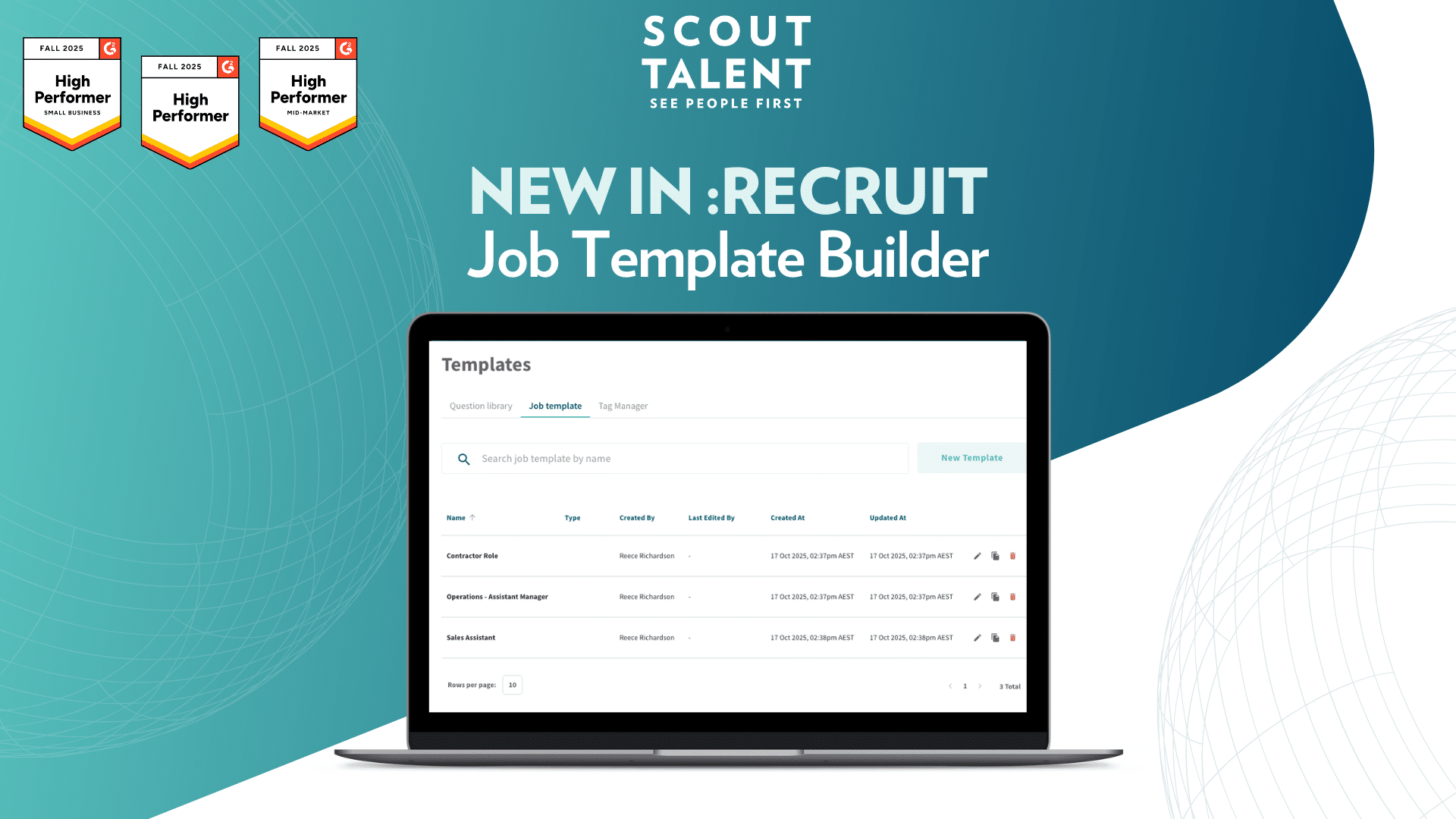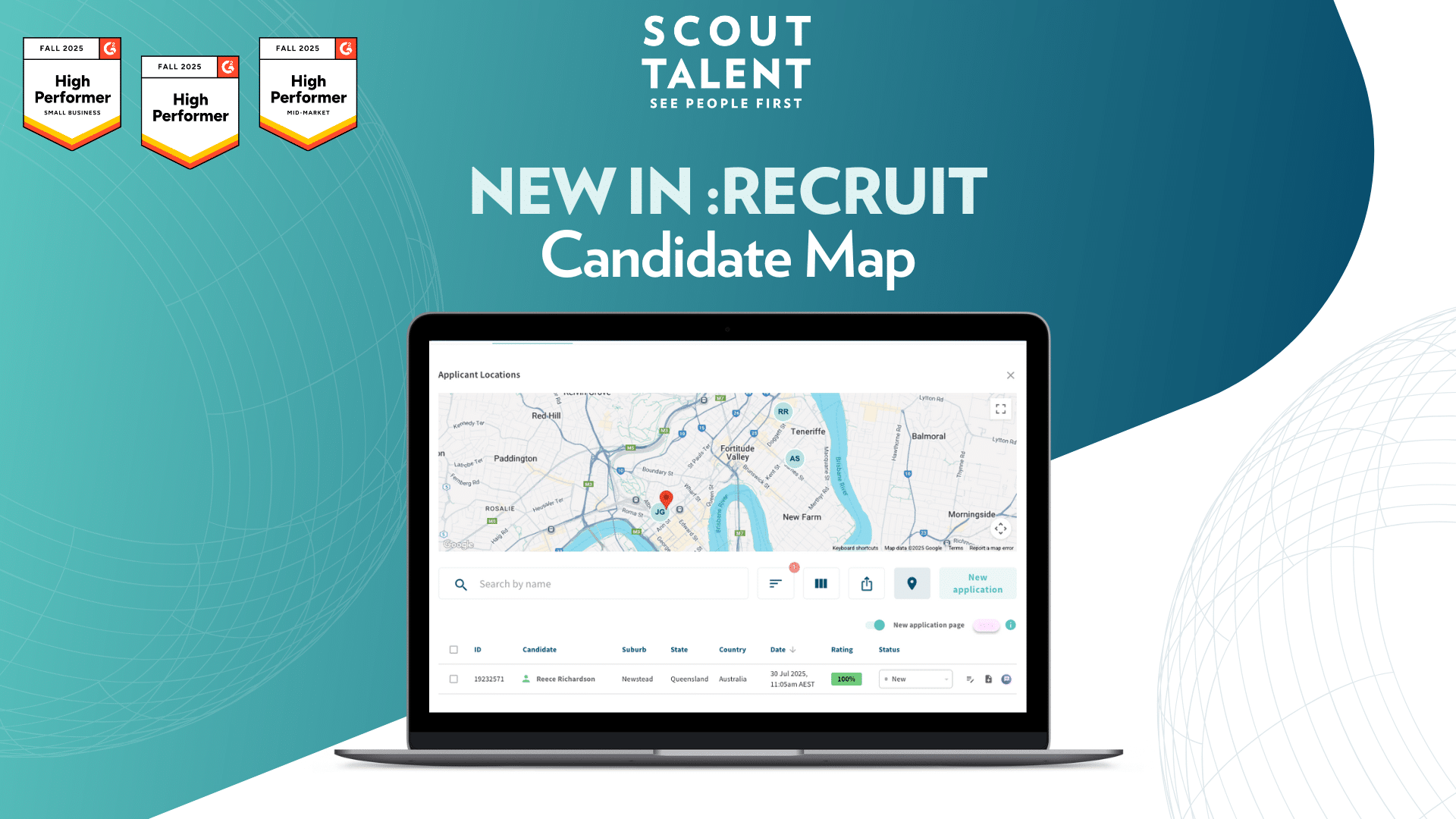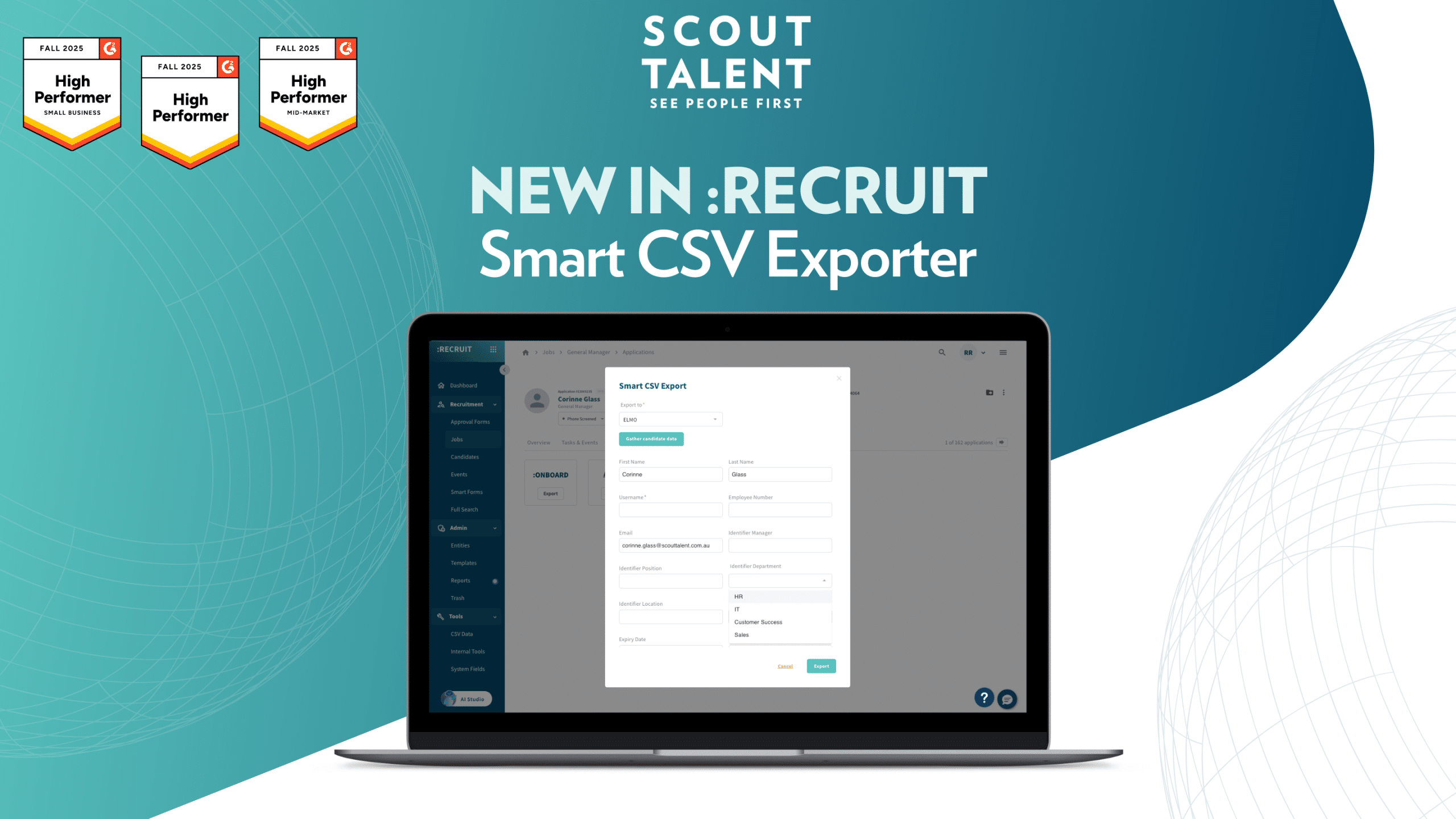Over the last number of weeks, we’ve spoken about how to implement a learning management system as well as why you might want one within your organization in the first place. With that in mind, it’s now time to talk about how to execute an effective learning and development strategy, one that’s going to make an impact on both your people and your success.
First and foremost, an effective learning and development strategy hinges on effective tools. This means you’re going to want to invest in the right learning management software for your organization. Most learning management software, such as ours here at Scout Talent, offer an array of off-the-shelf content to assist you in quickly meeting the learning needs of your organization.
Depending on your requirements, working with a learning specialist can help you customize learning content for your organization that’s really specific to what your learners need to know. However, the main reason that you need to invest in a learning management software for an optimal learning and development strategy is because it makes learning content easy for your learners to access and it is easy for you to track your learner’s progress. Both are hugely important factors that will indicate the success or failure of your learning and development strategy.
Align with your business strategy
When it comes time to create your learning and development strategy it’s worth considering what your overall business strategy is and how employee learning can best support it. If your business strategy is to secure more sales then engaging training courses that showcase to employees how to upsell may support that mission. Alternatively, maybe growth is the driving factor of your business strategy at the moment, in which case developing leaders within your organization through your training will likely help you achieve this goal. Interrogate what it is that you as a business are trying to achieve and ensure that your learning strategy propels your employee base towards this goal.
Cultivate employee engagement
Employee engagement plays a huge role in the success or failure of an L&D strategy. Before you roll your strategy out you need to assess whether your employees are capable of actively engaging with the training that you’re offering. As an example, if field staff are seldom near a laptop during their day to day then you’ll need to accommodate for this. A great way of gaining buy-in from the greater business is for HR to partner with leaders from different business units in the development and rollout of your L&D strategy. Work with your learners so that your learning and development rollout is seen as a chance to upskill rather than just another tick box exercise to be completed in an employee’s day.
Review and assess
As you deploy your L&D strategy it’s important to review the impact that it’s having in order to assess where you should make changes. This is again where your learning management software comes into play. Using your learning management software, you’ll be able to quickly see which users have completed the training you’ve pushed out to them. Review the performance of these users to see if it’s improved. As an example, if a call centre was receiving a high number of complaints, does this number change after you put your customer service representatives through communications training? If it doesn’t then you need to evaluate the issue again as well as the approach that you’re using to address it. If your training is working then it’s time to incorporate this impactful part of your learning and development strategy into your onboarding process.
A learning and development strategy can have a huge impact on your employees and their ability to achieve the goals of your organization. However, if you execute it poorly you can also end up with a group of severely disengaged employees. Work with the greater business to establish the issues that are being encountered and deploy a learning and development solution that supports your employees in overcoming these issues rather than berates them for facing obstacles at all.
If you’d like to learn more about how to best implement a learning and development strategy, please do reach out to us here and one of our learning specialists would be happy to answer any questions you might have.
To make sure that you don’t miss an episode of The Talent Scout, sign up below.




